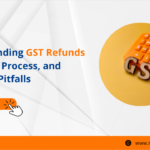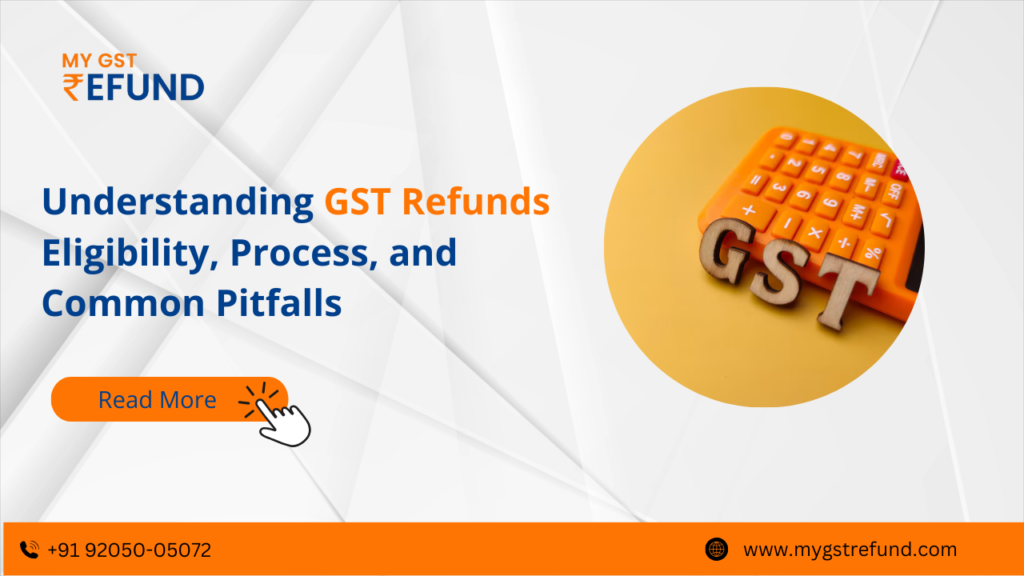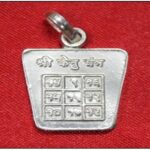Goods and Services Tax (GST) is an important part of the tax system in India, and it can provide significant benefits to businesses. One of these benefits is the ability to claim refunds. However, many businesses struggle to understand the GST refund process, who is eligible, and what common mistakes to avoid. In this blog, we will break down everything you need to know about GST refunds.
For More Info Visit: GST Refund for Exporters
What is a GST Refund?
A GST refund is the amount that taxpayers can reclaim from the government when they have paid more GST than they collected or when they have unutilized input tax credits. This helps businesses manage cash flow and ensures they don’t lose money due to overpayment of taxes.
Who is Eligible for GST Refunds?
Not all businesses can claim GST refunds, but here are the main categories of eligibility:
Exporters: Businesses that export goods or services can claim refunds for the GST paid on inputs used in the production of those goods or services.
Unutilized Input Tax Credit: If a business has input tax credits that it cannot use (for instance, due to no taxable sales), it can apply for a refund.
Excess Payment of Tax: If a business has paid more GST than required, it is eligible for a refund of the excess amount.
Inverted Duty Structure: Businesses facing a higher GST rate on inputs compared to the output rate can also claim refunds.
Other Specific Cases: There are other situations where businesses might be eligible for refunds, such as when they receive a refund from a government scheme.
For More Info Visit: Know your GST Refund
The GST Refund Process
Understanding the steps involved in claiming a GST refund is essential. Here’s a simple breakdown of the process:
Step 1: Gather Required Documents
Before applying for a refund, ensure you have all the necessary documents, including:
GST registration certificate
Invoices for goods and services
Payment receipts
Bank statements
Any other relevant documents that support your claim
Step 2: File Your GST Returns
Ensure that all your GST returns (like GSTR-1 and GSTR-3B) are filed accurately and on time. Late or incorrect filings can delay your refund.
Step 3: Submit the Refund Application
Log in to the GST portal and navigate to the “Refund” section. Complete the application form with the required details and upload your documents. Make sure to choose the correct type of refund application based on your eligibility.
Step 4: Receive Your Application Reference Number (ARN)
Once you submit your application, you will receive an Application Reference Number (ARN). Keep this number safe, as you will need it to track the status of your application.
Step 5: Verification by GST Officer
A GST officer will review your application. They may contact you for additional information or clarification. It’s important to respond quickly to any requests to avoid delays.
Step 6: Refund Approval
If your application is approved, the GST officer will issue a refund order. The amount will be credited directly to your bank account linked to your GST registration. This makes the process convenient, as you don’t have to worry about receiving a check or cash.
Step 7: Track Your Refund
You can track the status of your refund application using the ARN on the GST portal. Regularly checking the status will keep you informed about any updates or issues.
For More Info Visit: GST Refund under Inverted Duty
Common Pitfalls to Avoid
While claiming a GST refund, businesses often make mistakes that can delay or even reject their claims. Here are some common pitfalls to watch out for:
Incomplete Documentation: Missing documents can lead to delays or rejections. Always double-check that you have all the necessary paperwork before submitting your application.
Filing Errors: Errors in your GST returns can complicate the refund process. Ensure that all information is accurate and matches your supporting documents.
Not Responding Promptly: If a GST officer requests additional information, respond quickly. Delays in communication can slow down your refund approval.
Choosing the Wrong Application Type: There are different types of refund applications depending on your situation. Make sure you select the correct one to avoid complications.
Ignoring Deadlines: There are specific time frames for filing refund applications. Be aware of these deadlines to ensure your claim is submitted on time.
If you need help with the GST refund process, reach out to MY GST Refund Consultant. Our expert team is here to help you get the most from your claims and make everything easier. If you have any questions or need assistance, feel free to contact us now.
For More Info Visit: TCS and TDS refund
Conclusion
Understanding GST refunds is crucial for businesses to maximize their cash flow and avoid unnecessary losses. By knowing the eligibility criteria, following the correct process, and being aware of common pitfalls, you can make the GST refund process much smoother. If you have questions or need assistance, consider reaching out to a GST consultant for personalized help.


